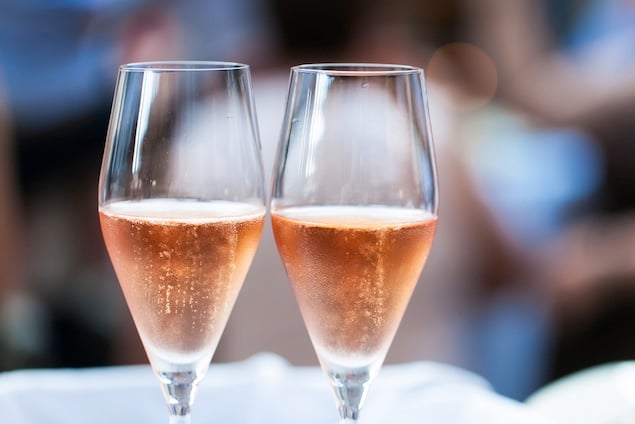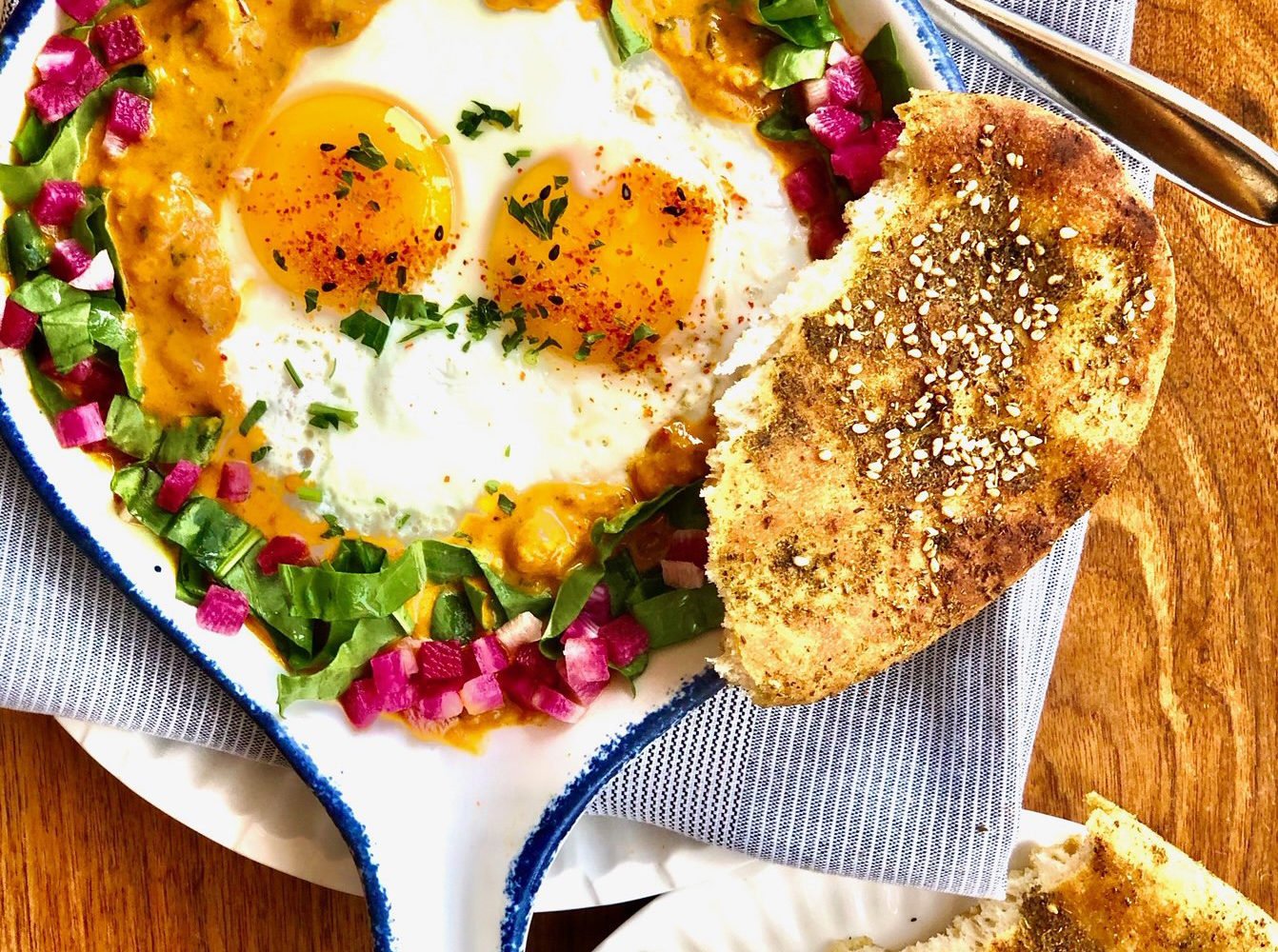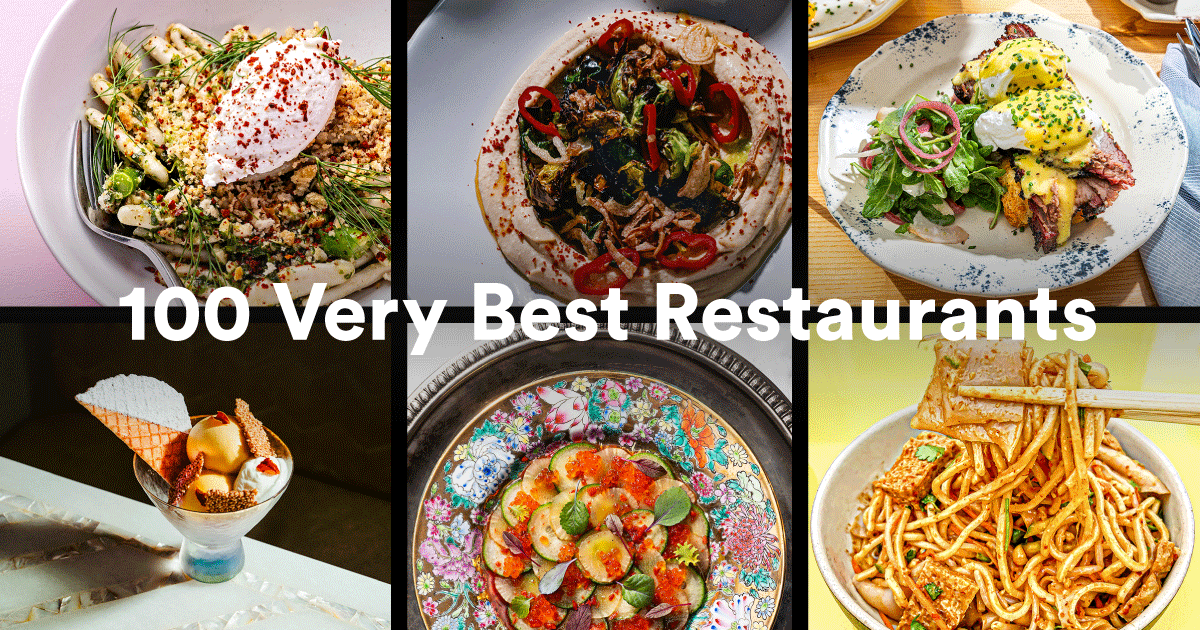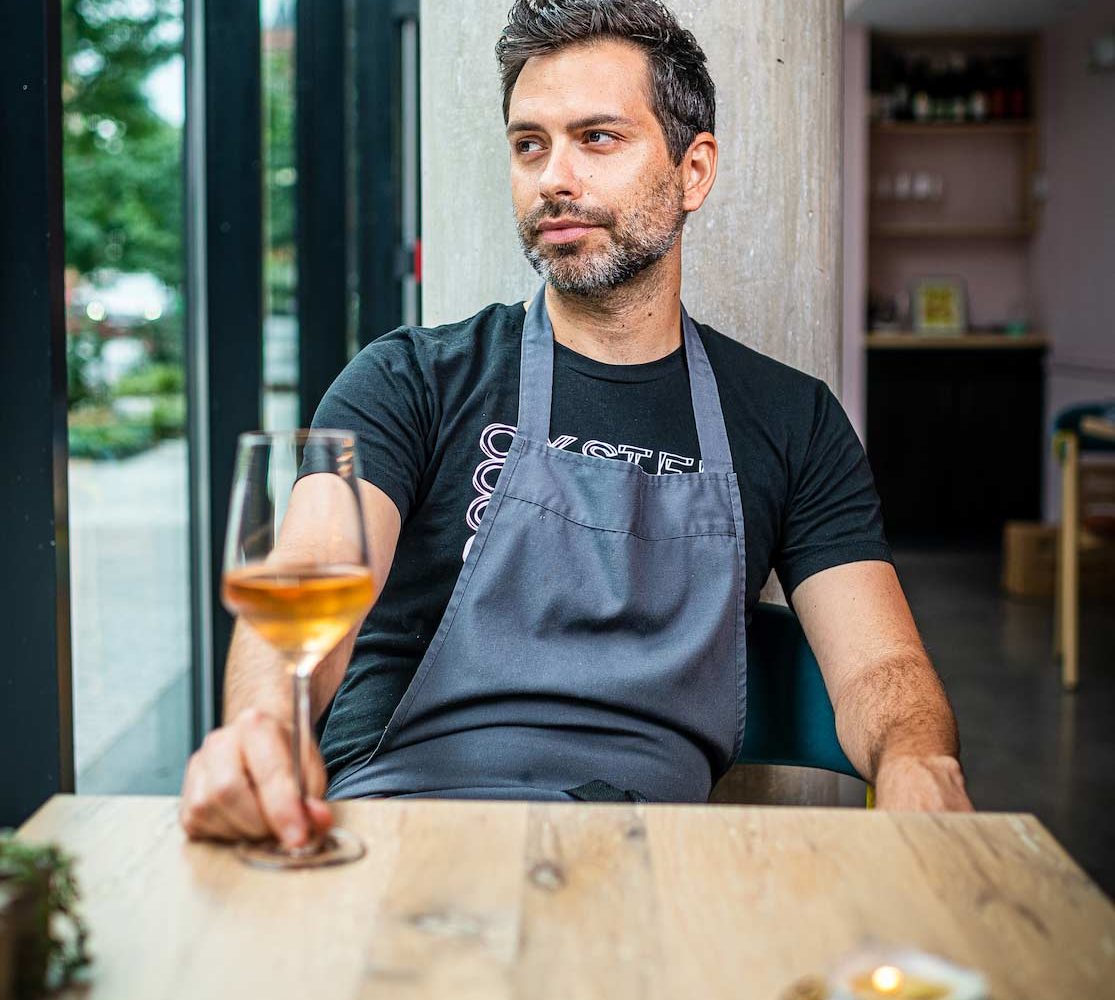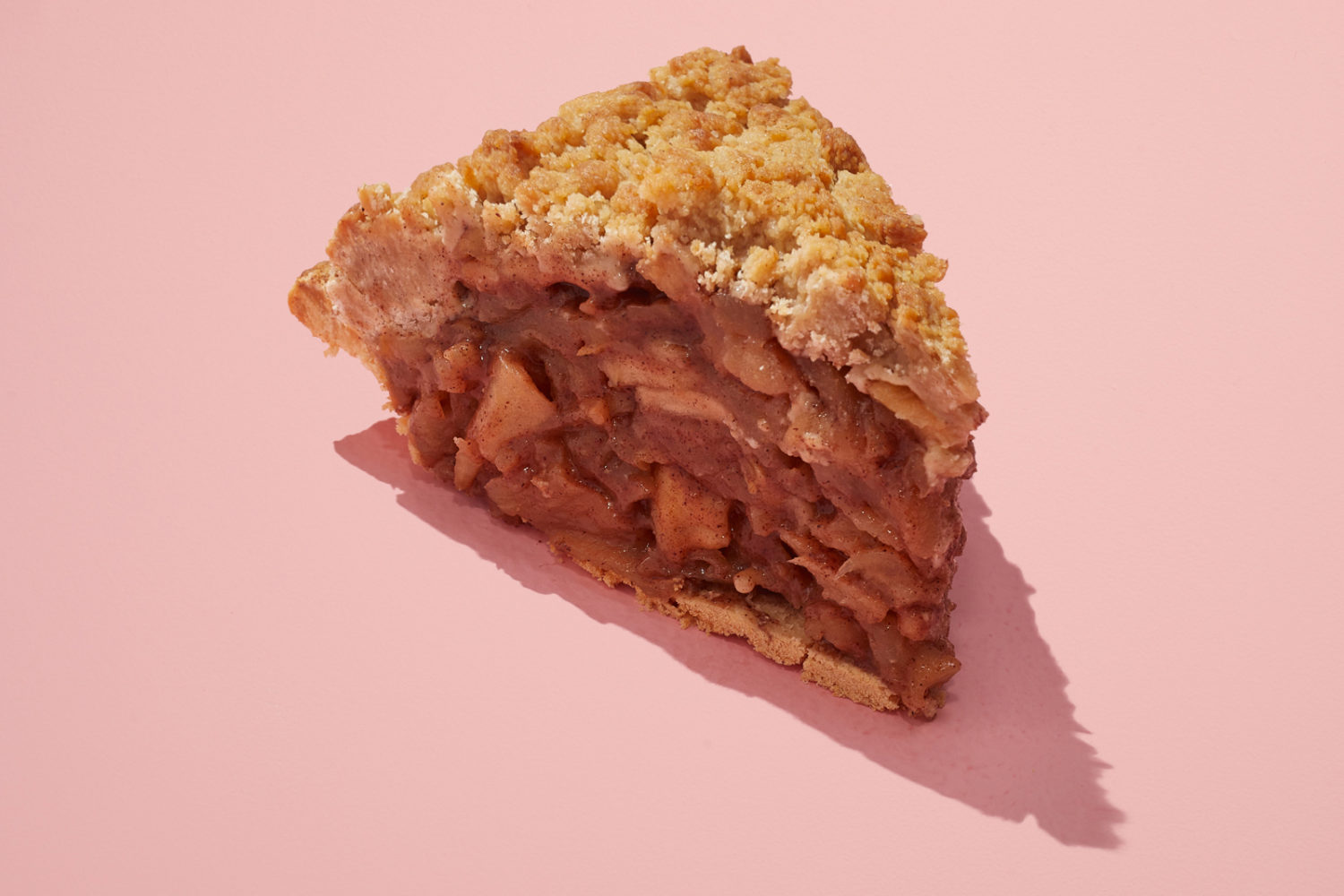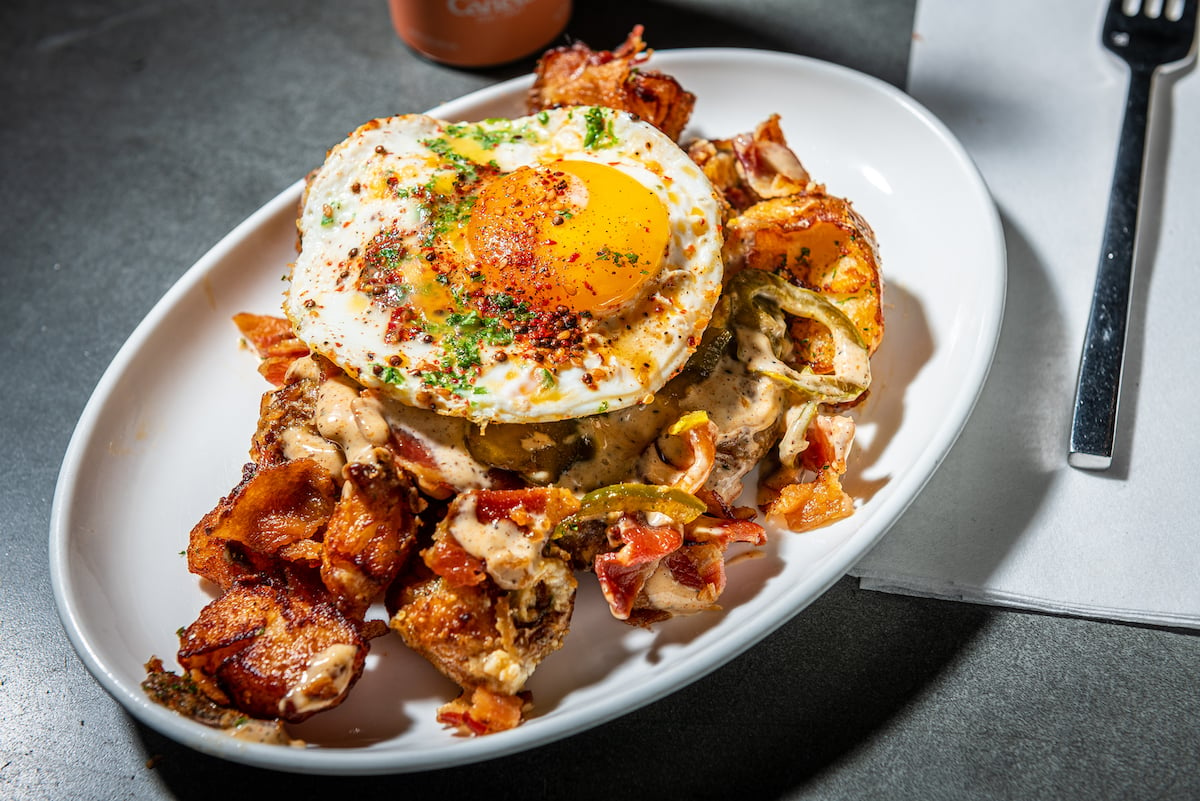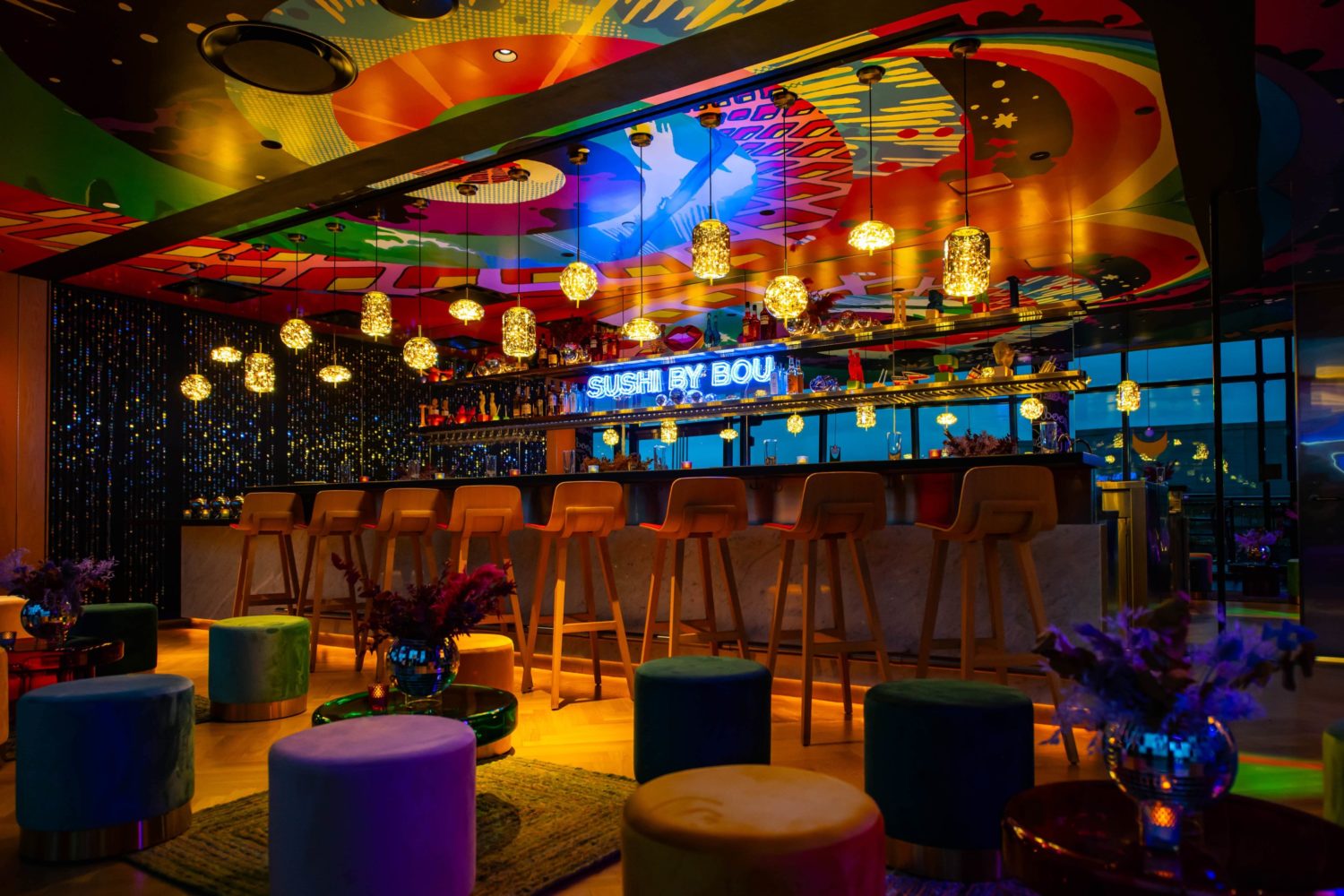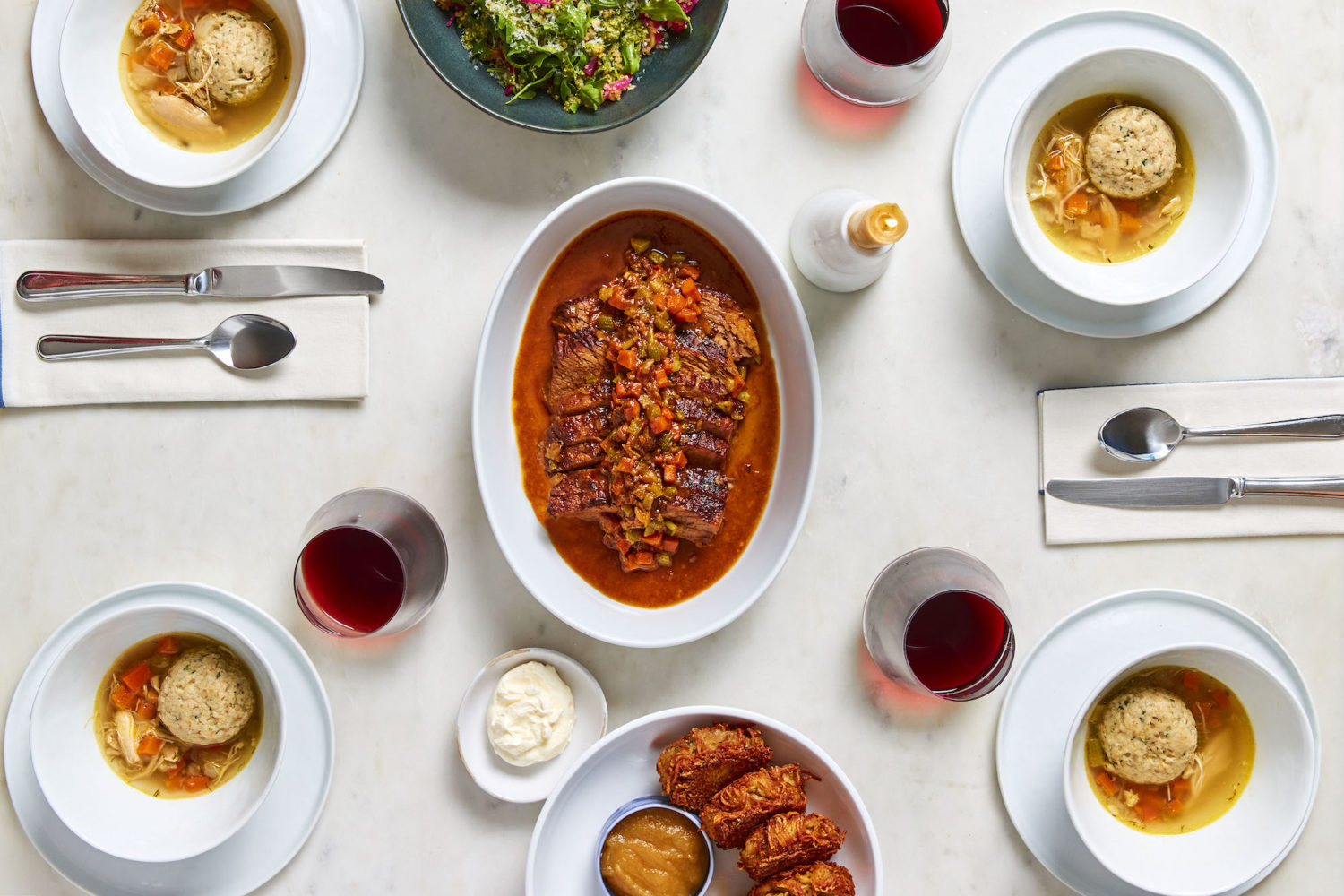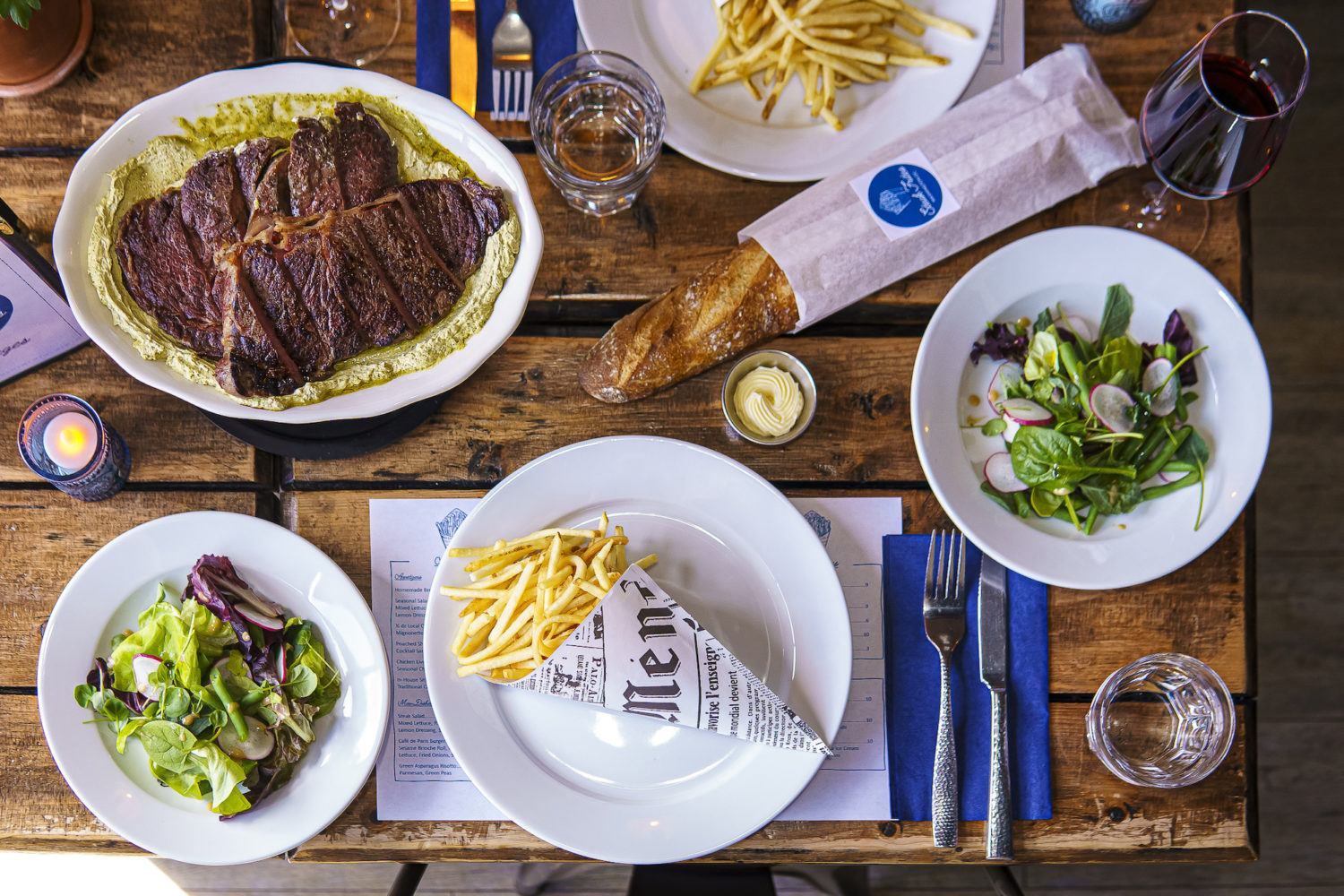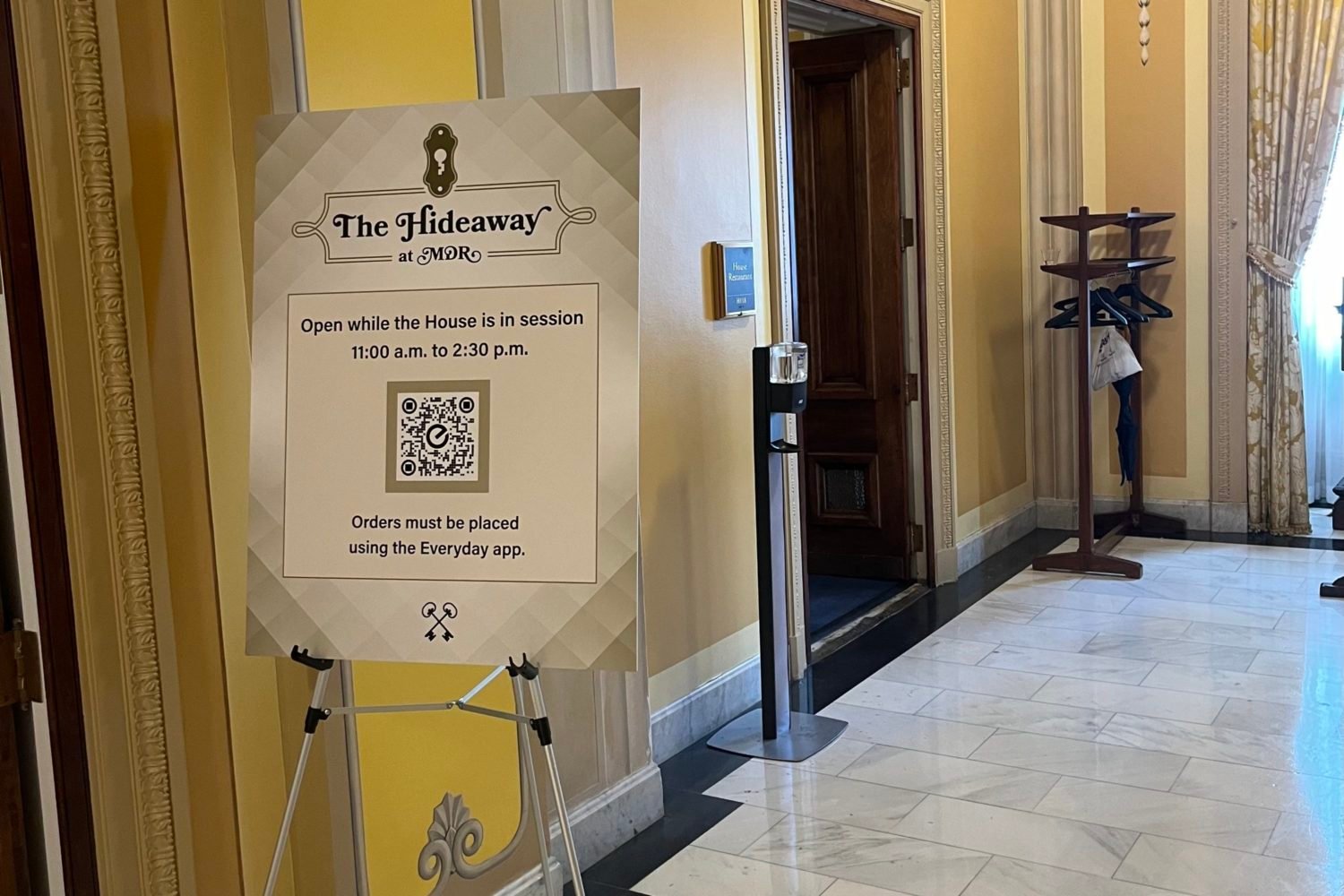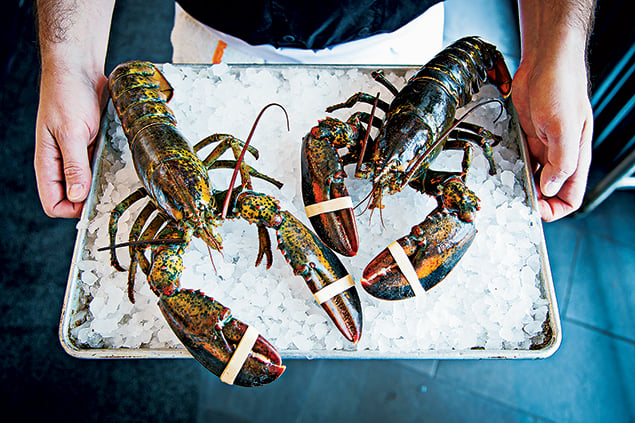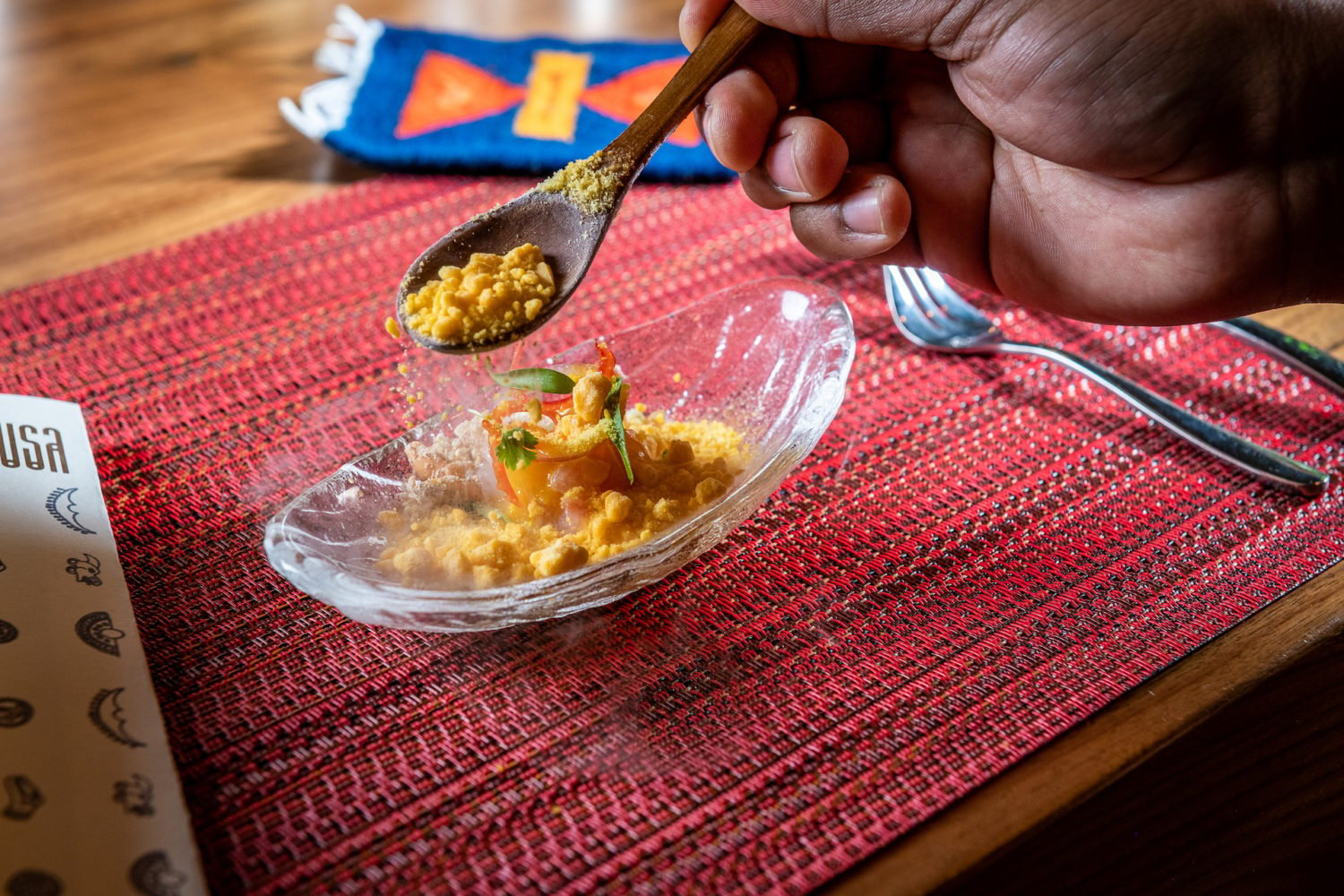Champagne is the go-to beverage of Valentine’s Day, but many myths surround the bubbly beverage. Here to help is Champagne master and sommelier Jennifer Foucher, who has sourced 103 different Champagnes for her menu at Proof. You’ll find an extended by-the-glass selection in the restaurant for Valentine’s Day—celebrated Friday through Sunday—as well as 25-percent-off bubbles in the lounge area. Want to pop a bottle at home? Foucher offers tips for buying, storing, and serving Champagne, and helps to demystify the drink. Our favorite takeaway? There’s no need to save it for a special occasion. “Champage is for Tuesday. Champagne is for the morning. Champagne is for lunch,” Foucher says. Read on for more of her advice.
Myth: All sparkling wine is Champagne.
We’ve all seen the ads touting bottomless “Champagne” brunch. But unless you’re at a swanky spot like the Four Seasons, chances are you’re drinking Spanish Cava, Italian Prosecco, or American sparkling wine, the three other most common kinds of bubbles. True Champagne must come from the Champagne region of France and follow specific production methods dating back centuries. Even non-experts can often taste the difference. Basically Champagne is to sparkling wine what Kleenex is to facial tissue: a particular brand (or in wine’s case, designation) whose name is often misused to describe the product as a whole.
Myth: All Champagne is expensive.
Unlike other sparkling wines, you won’t find many Champagnes offered in the $10 to $20 range, but you also don’t need to drop $75 to $100 for a good bottle. Foucher loves producers from the Aube “department” (or area) of Champagne, which is less well-known but offers top-quality wines from smaller estates. One of her more moderately priced favorites is Dosnon & Lepage, which you can find for $40 at MacArthur Beverages. If you’re willing to spend a bit more, look for Coessens Champagne Blanc de Noir and Jacquesson Cuvée 736, which generally retail between $50 and $60.
Myth: Veuve Clicquot is as good as it gets.
The bottles Foucher likes from Aube tend to be “grower Champagnes,” which means they’re produced by the same vineyard that grows the grapes. Like meats or cheeses from smaller farms, these wines tend to have more individual character than mass-produced labels like Veuve. Foucher doesn’t consider the latter a bad buy, but advises staying away from budget-y large-production bottles such as Moët Imperial and Heidsieck Monopole Blue Top, which are priced similarly to the suggestions above but offer a lower quality. One of the larger producers she recommends: Billecart-Salmon Brut Rosé, which you can find in many liquor stores and wine shops for around $90.
As with the Champagnes themselves, Foucher gravitates toward smaller wine shops for her purchases. Some of the best for Champagnes she’s found in the area: MacArthur Beverages in the Palisades, Arrowine in Arlington and on K Street, and Cork Market on 14th Street.
Myth: Champagne pairs well with strawberries.
“Champagne is great with just about everything except dessert and spicy food,” says Foucher. Though Champagne and strawberries are a frequent pairing, brut (dry) bubbly doesn’t taste as good after biting into a sweet berry or hunk of chocolate. “You don’t want the wine to be drier than than the food,” says Foucher. If you’re planning to pair sparkling with desserts, go for demi-sec (semi-dry) or Prosecco, which runs sweeter.
Myth: Buy Champagne chilled and store it in the fridge.
It’s tempting to grab a cold bottle from the wine-store fridge, but Foucher warns that the bottles may have been sitting in there for months. That means the fragile corks may have dried out, which will make the bubbly taste stale. The same thing can happen at home, so store your bottle away from light, heat, and vibration (read: not the kitchen). An hour in the fridge won’t hurt once it’s time to chill, or fill an ice bucket.
Myth: Champagne should be served in flutes.
Flutes may feel festive, but Foucher prefers drinking quality Champagne from white-wine glasses. Flutes make it difficult to smell the wine or swirl air into the glass, which allows the wine to breathe and develop its flavor. (Yes, you can swirl Champagne just like a fine Cab.) Coupes are another common vehicle, but Foucher finds that the wine loses its bubbles faster. If you do find yourself sipping from a coupe, here’s a fun Valentine’s Day legend: The glasses were originally modeled after Marie Antoinette’s breast.

